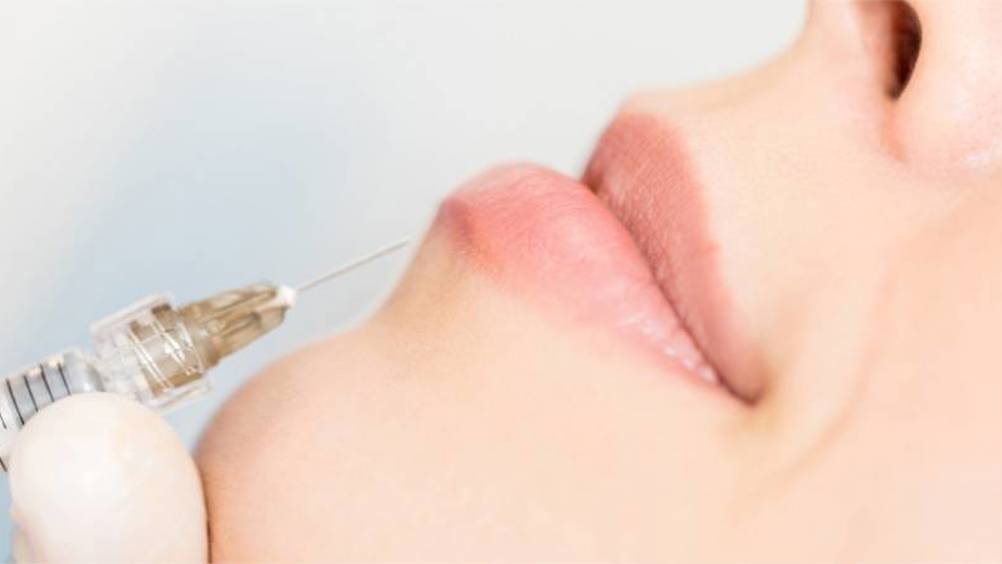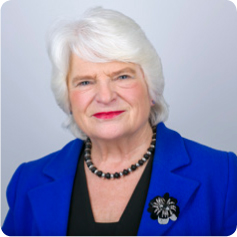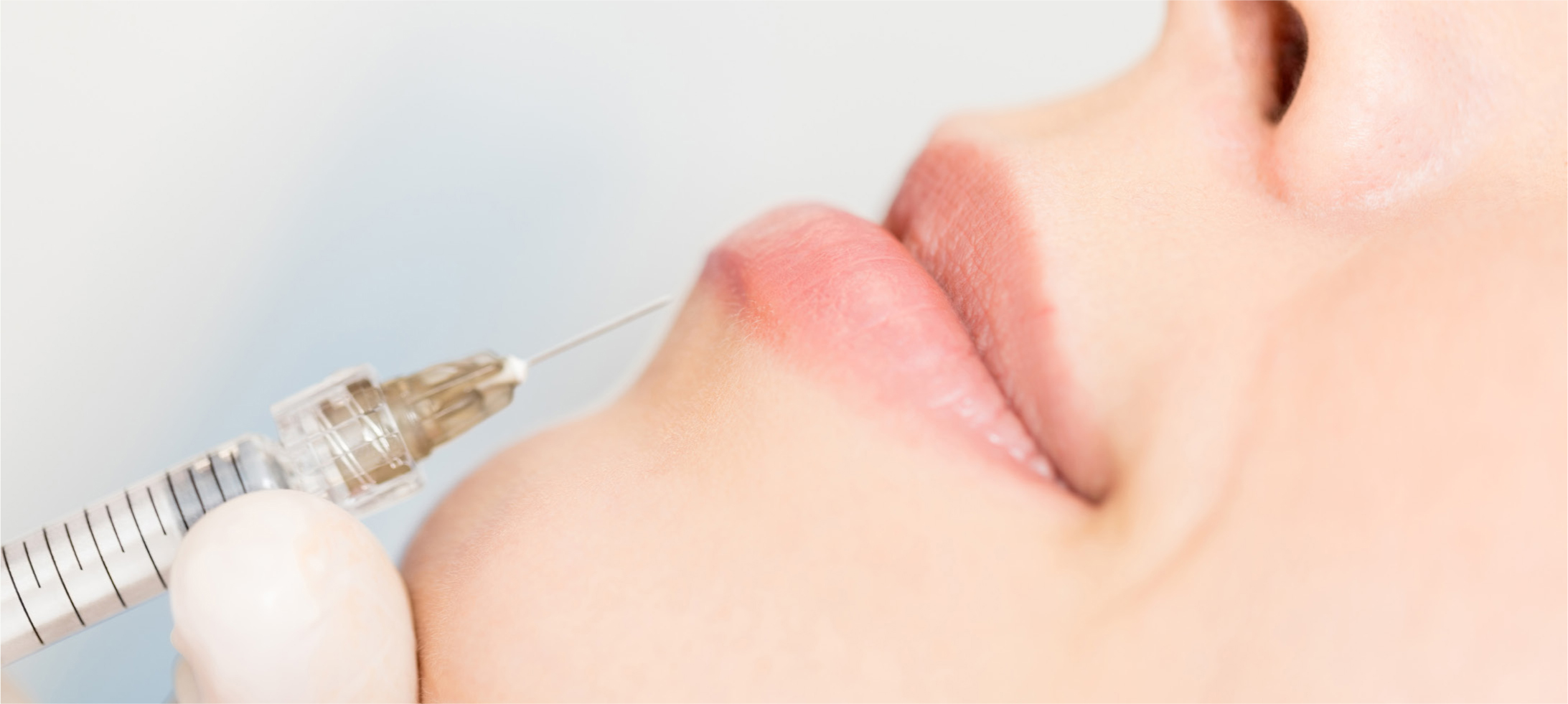Looking to the future: professionalism and the role of the Joint Council for Cosmetic Practitioners


 Many practitioners continue to perform higher risk procedures, such as dermal fillers, without first having achieved the education and training required to evidence that they are qualified to do so
Many practitioners continue to perform higher risk procedures, such as dermal fillers, without first having achieved the education and training required to evidence that they are qualified to do so
I have worked in the independent healthcare sector since I joined London Bridge Hospital as Director of Nursing in the late 1980s. I have been promoting enhanced and improved patient safety in aesthetic and cosmetic practice ever since. Now I am a volunteer trustee of the Joint Council for Cosmetic Practitioners (JCCP) Charity, with responsibility for the oversight of advertising standards, premises standards and standards for handling patient complaints raised by members of the public that relate to aesthetic practitioners.
I have witnessed the non-surgical aesthetics sector evolve, from being a sub-set of cosmetic surgery practice to becoming a specialism in its own right. With it have evolved clinical techniques, procedures and pharmaceutical products drawn from medical practice, designed to alter appearance to meet a desired end. Unlike general medical and surgical practice, and without the pressure of independent oversight of its regulators, aesthetic practice has not been underpinned by a scientific evidence base and has evolved in a somewhat piecemeal fashion, without application or enforcement of the requisite concomitant proofs of safety for its practice. Furthermore, nor has it found a common sense of mutual professional identity. Professionalism needs to be addressed and in parallel to promote the need for representative organisations to work together to promote patient safety and public protection and to have respect for each other, rather than follow a tribal agenda that is professionally divisive and counterproductive to holding practitioners to account against one standard of practice proficiency. The present disarray results in duplication and confuses members of the public and hence presents a significant risk to public protection.
Register now to continue reading
Thank you for visiting Journal of Aesthetic Nurses and reading some of our peer-reviewed resources for aesthetic nurses. To read more, please register today. You’ll enjoy the following great benefits:
What's included
-
Limited access to clinical or professional articles
-
New content and clinical newsletter updates each month


